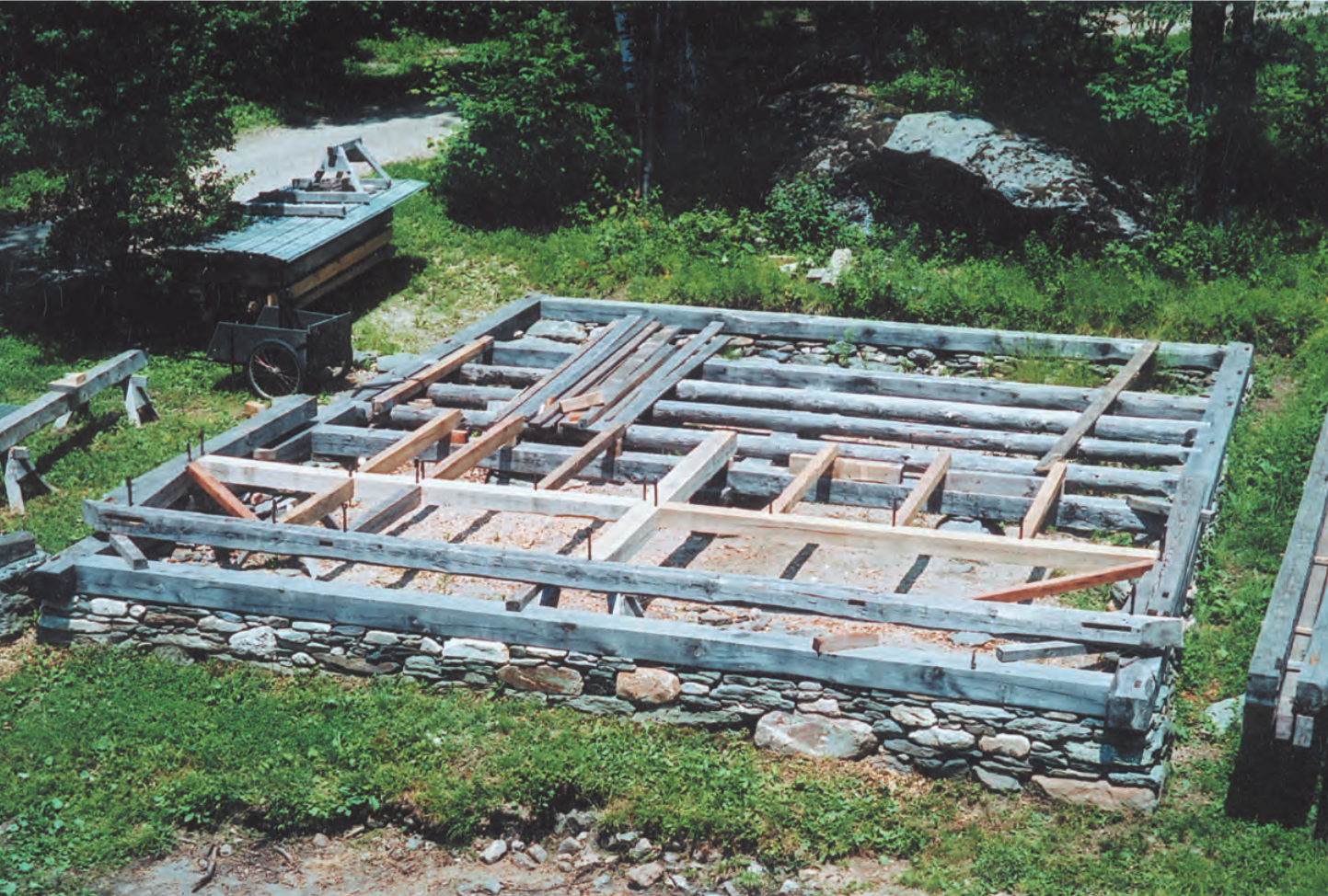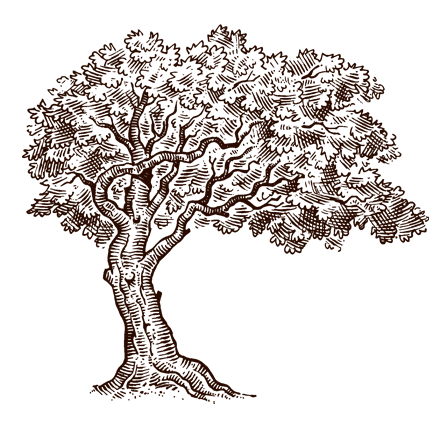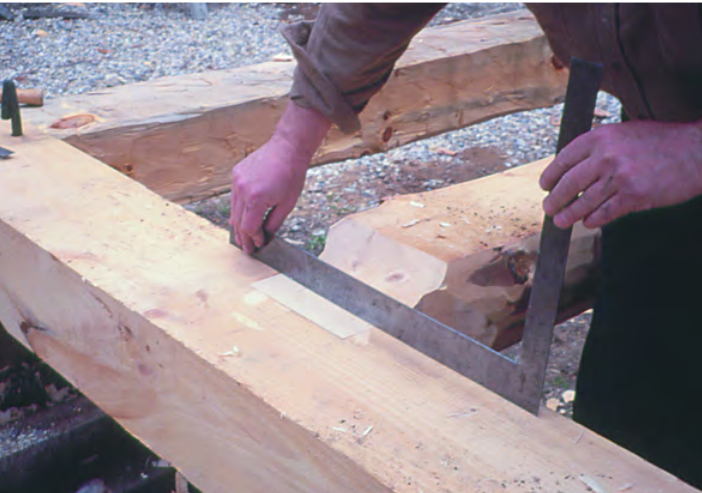ENGLISH SCRIBE
Available Dates appear at the bottom of the page.

Photo credit Jack A. Sobon
OVERVIEW:
The majority of historic timber framed structures in the United States built before 1800 were scribed
using a system brought here from the British Isles. It did not involve the use of plumb bobs, piquage, or
full-size drawings lofted on a shop floor. It was a simple, direct method using primarily the square that
allowed the utilization of tapered, twisted, crooked, or out of square timber. After the development of the
Square Rule about 1800, this older scribing system was named “scribe rule”, “try rule”, or “cut and try
rule”.
In this seven-day workshop, we will scribe a small English barn. It will feature classic English tying joints
with “gunstock” posts and lapped half dovetails where the tie beam joins the plate. We begin with an
introduction to the history of English carpentry and its migration here in colonial times. Then, the floor
or footprint of the structure is first scribed, set up level and square to become the basis for the subsequent
eave level plan, longitudinal walls, cross frames, and roof frame. We’ll use both “tumbling” and the
“double cut”, the two traditional scribing methods employed in the English scribe. We’ll learn about
plumb and level marks, two-foot marks, and we’ll use traditional parts numbering systems. The
workshop will culminate with the raising of the frame.
workshop is geared toward those working with historic buildings framed according to the Scribe Rule or
those just interested in keeping alive traditional timber framing methods.
Note: Lunch will be provided throughout the course
INSTRUCTORS:
Jack Sobon and Neil Godden (see INSTRUCTORS page to view instructor bios) .





